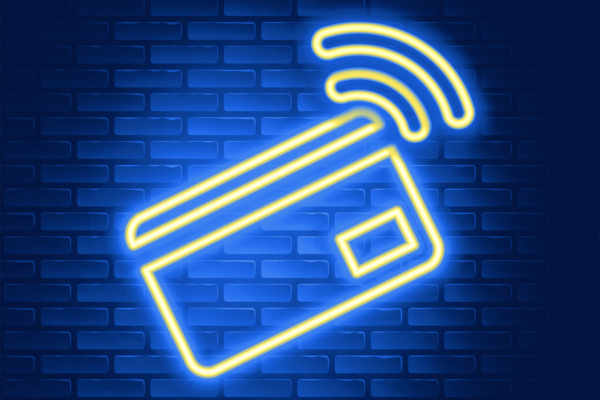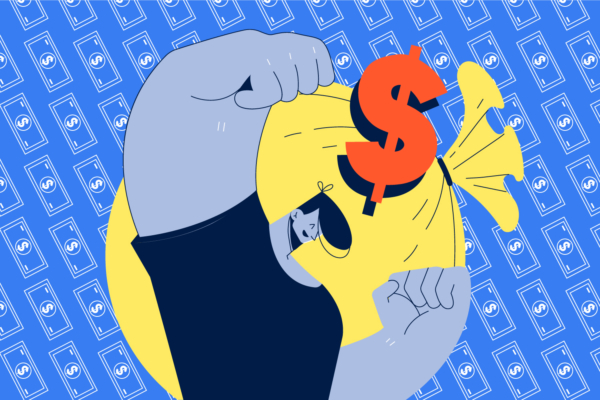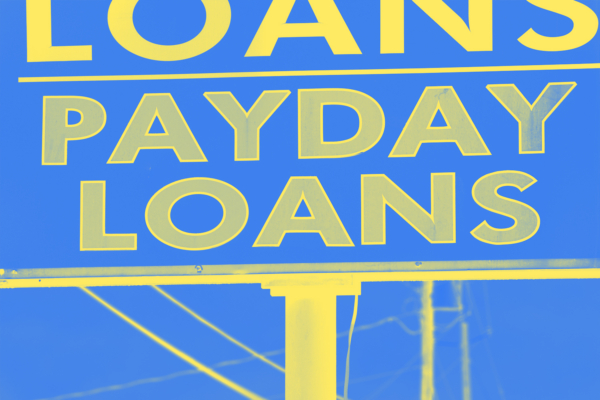
How Much Should Be in Your Emergency Fund?

There’s an old saying: “The only thing expected in life is the unexpected.” And what a truth! You can’t go through life without accidents and the unexpected occurring. Spraining your ankle at a community kickball game, your car A/C going out in the middle of summer, needing a home repair from a busted pipe— the list of possibilities goes on and on.
You can’t predict when these will happen, but you can prepare to bear the financial consequences. One of the first financial goals that everyone should aim to accomplish is a savings account for a rainy day. Yep, we’re talking about your emergency fund.
But what exactly should go in an emergency fund and how can a person stash away that kind of money while still keeping up the expenses of daily life? We’ve got answers to that and more, right here!
What is an emergency fund?
Let’s cover the basics first and talk about what an emergency fund is. Essentially, an emergency fund is savings set aside for unplanned and unexpected expenses. This can save you from having to take more drastic and expensive measures like putting the expenses on a credit card or taking out a personal loan. Your emergency fund can cover costs like:
- Unexpected medical bills
- Temporary unemployment
- Home repairs
- Car repairs
- Essential travel
- Vet bills for a pet
- Technology replacement
Emergency funds can cover anything that you need but can’t necessarily afford at the moment. One of the most important uses is replacing your day-to-day living expenses should you lose your source of income. If you lose your job or can’t work due to illness or injury, your emergency fund can be used to cover rent, utilities, and other necessities.
Where should you stash your emergency fund?
The ideal place for your emergency fund is a separate savings account at a credit union or bank. A separate account will ensure that you don’t accidentally spend the funds, which is possible if you commingle them into your normal checking or savings account.
You also may want to save your money in an account that offers some sort of return or dividend greater than that of a normal savings account. If you choose to go this route, make sure that the account is low-risk and doesn’t have any sort of withdrawal stipulations or penalties. You must be able to easily access the funds when you need them. Good options are financial products like high-yield savings and money market accounts.
Places you might not want to stash your cash? Under your mattress (or anywhere in your house). An event like a burglary, house fire, or natural disaster could wipe out physical cash, leaving you in a bad position.
What’s the dollar amount that would make you feel capable of handling common emergencies?”
How much money should you save for emergencies?
There is no hard and fast rule for exactly how much money you should have saved up in your emergency fund. Some people will say at least $1,000 and others will say at least $5,000. The general consensus among financial professionals is that a person should have enough to cover three to six months of living expenses. Ultimately, the amount you save is up to you and your personal experience with finances. What’s the dollar amount that would make you feel capable of handling common emergencies?
How to calculate the right amount for your emergency fund
Here’s a breakdown of what you should include, at a minimum, in your monthly expense amount:
- Mortgage or rent
- Food
- Utilities (electricity, water, sewer, gas, internet, phone)
- Medical needs such as prescriptions and insurance
- Transportation costs (gas, routine maintenance, auto loan)
- Childcare expenses like daycare or a sitter
Consider what other things are necessities in your household, and be sure to include these in your calculations.
Once you have a general idea of your monthly expenses, multiply that number by the number of months you want to save for. For instance, if your monthly expenses are $2,000 and you want to have a full six months’ worth of living expenses, you’d multiply $2,000 x 6 to get a total of $12,000.
Saving any amount is better than nothing.”
Emergency fund saving tips
If you don’t have much disposable income left over at the end of every month, saving can seem a little daunting. Just remember: any amount is better than nothing. Here are some saving tips to help you reach your goal.
Saving tip #1: Create a budget
Budgeting is the first step to wrangling your finances. Knowing exactly how much money you have coming in and going out each month can help you track where all the money is going. You’ll be able to see if you’re overspending on a specific category, like eating out. You’ll also be able to figure out how much you can put into savings every month.
You can make a budget in a lot of different ways. Some use good old-fashioned spreadsheets, and some prefer a budgeting app or software. The best way to budget is whatever way works best for you!
Saving tip #2: Make it a habit— or even better— automatic
Get into the habit of contributing to your savings account every month. Some people like to do the transfer themselves, and others like an automatic process.
To make saving a habit, you could:
- Set a reminder on your calendar to transfer money on a certain date each month. Use this check-in to make sure you’re on the right track and to make adjustments if your financial situation has changed.
- Set up a recurring funds transfer into your savings every month.
- Have your employer direct deposit a portion of your paycheck into the account.
Automating your savings is a great way to make the habit of saving stick. After a few months, look at your savings account—and see how much it’s grown!
Saving tip #3: Cut down on your debt
Paying down your debt won’t result in immediate savings, but the faster that you pay that debt off, the sooner you’ll be able to put the same amount into your emergency fund.
High-interest debt might be eating into your savings before you even started. You may want to consider saving a little as a cushion, paying down the high-interest debt, and then continuing to save.
Saving tip #4: Come up with cheaper alternatives
Saving for a goal can sometimes mean sacrificing some of the small luxuries in your life. A budget can help you see where you might be spending a little more than you thought on smaller purchases. If you really want to buckle down, you might eliminate these costs altogether!
However, you might be able to find cheaper (or free!) alternatives instead. For example, you might consider buying something used instead of buying new. If you’re a bookworm, try checking out physical books or e-books from your local library instead of purchasing them. You could switch to generic brands instead of name brands for products that you love. Rather than ordering your favorite takeout, try making it at home. The possibilities are endless!
Coming up with ways to save can be fun!”
Saving tip #5: Get creative with your savings
Sometimes saving can sound…boring. But coming up with ways to save can be fun! Get creative and see what solutions work best for you. Many people have successfully established a cushy emergency fund by taking on side hustles, having garage sales, couponing, and more.
Building Your Emergency Fund
An emergency fund takes some work and sometimes sacrifice, but you’ll be glad you have it when an unexpected event arises. Just remember the general rule of thumb— set a personal goal for savings, taking into account necessary living expenses. Be diligent with your saving, and you will reach your goal!
Go Fee-Free With Amplify
With a savings account at Amplify, you will never have to pay bank fees again. Learn more by visiting our Fee-Free Banking page.




